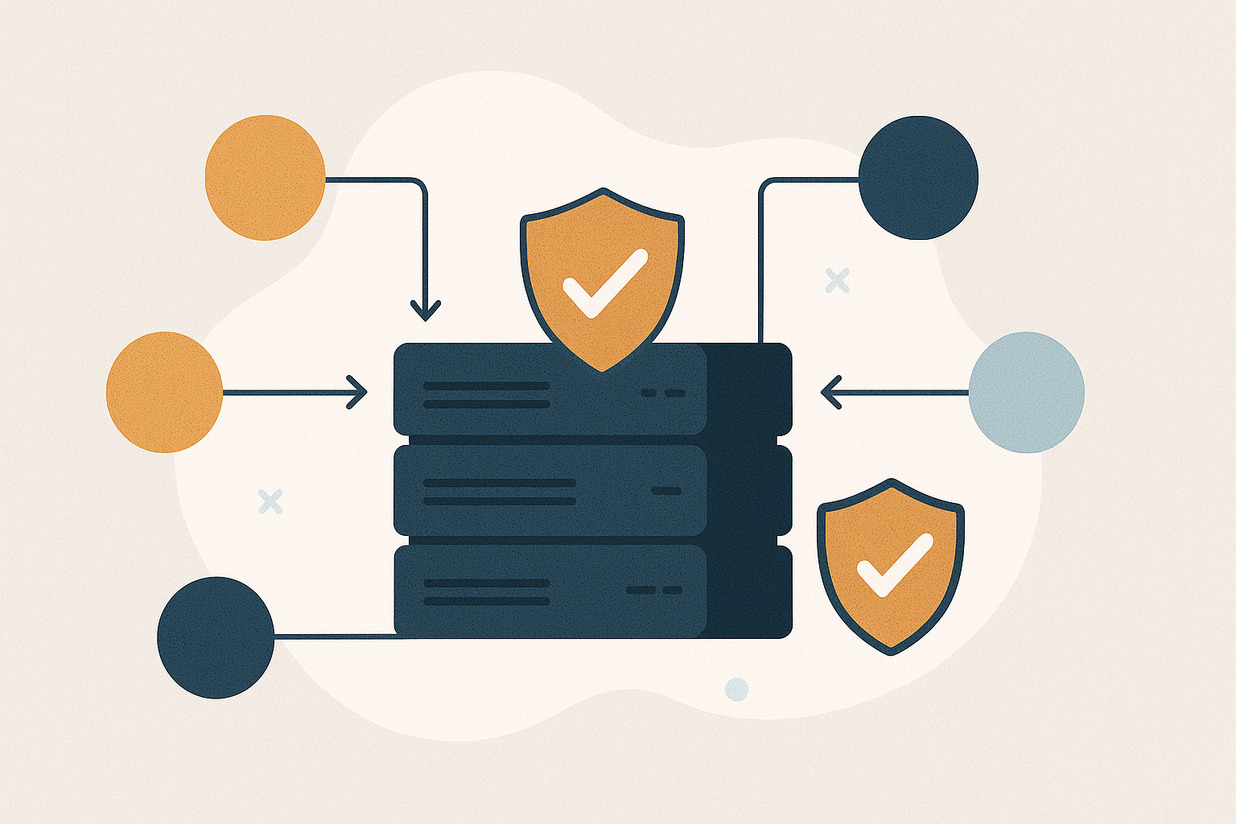
Planning for Clear Integration Goals
Before starting any middleware integration project, it is essential to have well-defined goals. Knowing what the integration should achieve keeps the entire process on track. In Spagic, this means setting clear expectations for data movement, process automation, and system communication from the beginning.
Careful planning helps avoid misunderstandings between teams working on different parts of the integration. For example, when integrating a customer management system with a billing application, both teams need to agree on data formats, synchronization timing, and validation rules.
Without clear goals, middleware projects can quickly become complicated, making it harder to deliver results on time. Planning in Spagic ensures that services are aligned with business needs and not just technical requirements.
Designing Modular and Reusable Services
Modularity is a major strength when it comes to integration. In Spagic, building services that are small, focused, and reusable makes it easier to maintain the system over time. Instead of creating large, complicated services, developers break functionality into smaller units.
For example, a payment validation service can be reused in multiple workflows without modification. When changes are needed, updating the small service is easier and less risky than altering a large, monolithic process.
Modular design also supports faster development and testing cycles. It becomes simple to replace or upgrade parts of the system without affecting unrelated services, keeping operations flexible and efficient.
Prioritizing Data Validation and Error Handling
Data issues are a common cause of integration failures. Spagic middleware offers tools to validate incoming and outgoing data before it reaches business applications. Setting up thorough data validation early prevents bad information from spreading across systems.
Error handling should be designed thoughtfully as well. When a service fails, it should provide clear feedback about what went wrong, allowing either automatic recovery or manual intervention. For instance, if an invoice record fails due to missing information, the error should be logged and flagged for correction.
Strong validation and error-handling practices reduce downtime and help teams respond faster to integration issues, improving trust in the connected systems.
Implementing Consistent Logging and Monitoring
Visibility into system operations is critical for managing integrations effectively. Spagic allows teams to set up consistent logging and monitoring across all services, giving insight into how data moves through the system and where problems might occur.
Logs should be detailed enough to diagnose issues without overwhelming the team with unnecessary information. Key events like service starts, stops, and errors should be recorded along with relevant data points.
Monitoring tools can alert administrators to slowdowns, failures, or unusual patterns before they impact business operations. Having good logs and real-time monitoring saves time when investigating and fixing problems.
Securing Data and Services at Every Level
Security is non-negotiable in middleware integration. In Spagic, securing communications between services and protecting sensitive data are built into best practices from the start. Every service interaction must be authenticated and authorized based on the needs of the business.
Data should be encrypted both in transit and at rest whenever possible. This helps prevent exposure of personal or financial information if a system is compromised.
Permissions should also be applied carefully, ensuring that only the right services and users can access specific data and functions. This layered approach protects integration environments without adding unnecessary complexity.
Optimizing Performance for Better Scalability
Efficient middleware design in Spagic ensures that systems can handle growth without degradation. One common best practice is to minimize unnecessary service calls and optimize data queries for speed.
Batch processing can be used for large data sets, while asynchronous messaging helps avoid bottlenecks when systems operate at different speeds. For instance, a reporting system may update every hour rather than trying to process every transaction immediately.
By designing services with performance in mind, organizations ensure that their integrations remain stable and responsive even as transaction volumes grow over time.
Testing Thoroughly Before Going Live
Testing is a vital step that should never be skipped. In Spagic, developers and testers work together to simulate real-world scenarios, ensuring that each service works as expected under normal and unexpected conditions.
Testing should include functional validation, performance checks, and error recovery trials. A customer account creation service, for example, should be tested for correct behavior with valid inputs, missing fields, and network failures.
Thorough testing uncovers hidden problems early and reduces the chances of disruptions when the system goes live. It also gives teams confidence that their integrations are reliable and ready for production.
Managing Versions Carefully for Ongoing Stability
Changes in services are inevitable as business needs evolve. Spagic supports versioning to help manage updates smoothly. When a service changes, it can be introduced as a new version while the old one continues running, reducing the risk of breaking existing processes.
Clear documentation about version changes helps developers and users understand what has changed and how it affects them. Teams can then migrate to the new version gradually, testing at each step to ensure stability.
Version control in middleware integration keeps systems adaptable without sacrificing reliability, even when new requirements arise.
Documenting Integrations for Future Reference
Good documentation is a key asset in middleware projects. In Spagic, every integration should include clear records about service purposes, data formats, error messages, and connection details.
Documentation not only supports faster troubleshooting but also helps onboard new team members without steep learning curves. For example, if a developer joins the team months later, good documentation makes it easier to understand how the payment service interacts with the accounting system.
Well-documented integrations create a durable knowledge base that benefits organizations long after the initial project is completed.
Building a Culture of Continuous Improvement
Middleware integration is never a one-time task. As businesses change, integrations need to adapt. Spagic’s flexible architecture supports a mindset of continuous improvement, where teams regularly review and refine their services.
Feedback loops between developers, testers, and business users help identify areas where integrations can be made more efficient or more resilient. Small changes made over time lead to better performance, reduced maintenance costs, and more satisfied users.
Building a culture that values continuous improvement ensures that middleware integrations remain strong assets rather than hidden liabilities.

